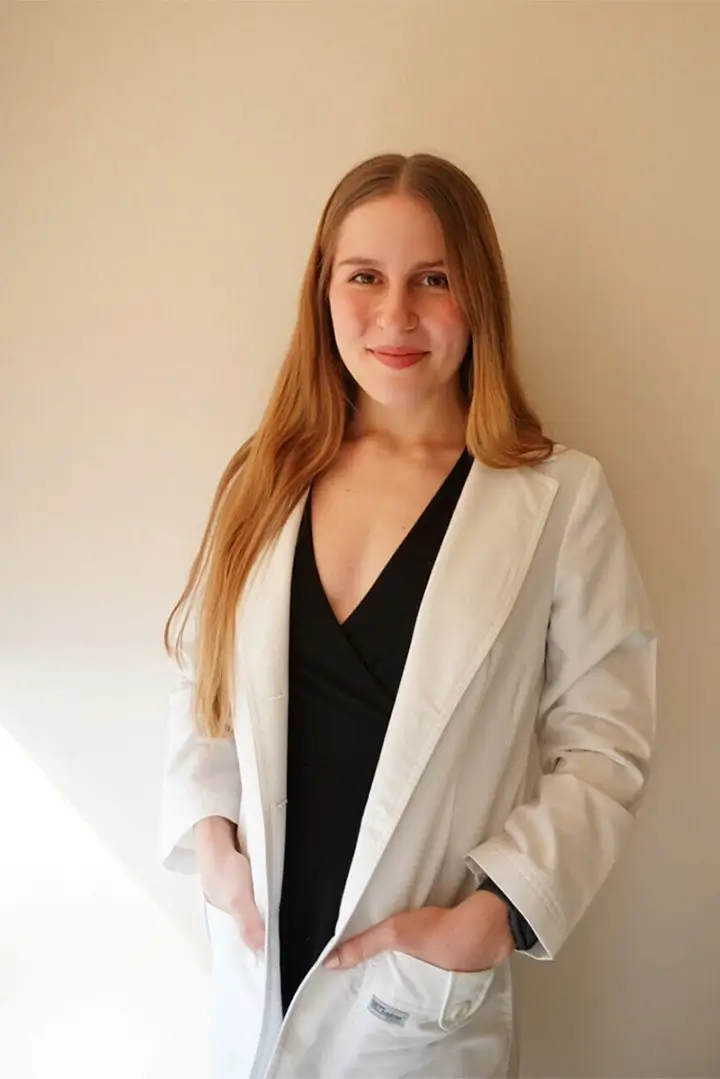The U.S. company Advanced Cell Technology (ACT) and the South Korean company CHA Biotech Ltd. have announced the formation of new company that is the product of a joint venture. The new company is to be known as “Stem Cell and Regenerative Medicine International” and will be headquartered in Worcester, Massachusetts, the site of one of ACT’s laboratories and former headquarters.
CHA Biotech, which is based in Seoul, operates a cord blood bank known as CHA i-Cord in addition to an active regenerative medicine R&D facility. Similarly, ACT is well known for a number of accomplishments in regenerative medicine, especially for their development of the hemangioblast cell technology. In the new partnership, both companies will collaborate together as one new company in the further development and commercialization of proprietary stem cell technology and cell-based clinical therapies. Under the agreement, the new company will be majority owned by CHA, to whom ACT will exclusively license all of its hemangioblast technology. Hemangioblasts are precursor cells with the ability to differentiate into both hematopoietic and endothelial cell lineages, and are found in embryonic tissue as well as in the tissue and circulating stem cells in the peripheral blood of adults.
Operating the largest stem cell research institute in Korea, CHA Biotech was founded in 2000 to develop gene therapy in addition to stem cell therapies. In 2002 the company expanded into the U.S. by opening the CHA Fertility Center in Los Angeles, which was followed in 2005 by the acquisition of the Hollywood Presbyterian Medical Center, an acute-care hospital in Los Angeles.
Advanced Cell Technology is involved in both embryonic and adult stem cell research. Its Myoblast technology consists of an autologous adult stem cell therapy designated for the treatment of heart disease which has successfully completed four Phase I clinical trials and has FDA clearance to begin Phase II trials. In addition, ACT is developing its RPE (retinal pigment epithelial cell) program for the treatment of retinal degenerative disorders, and its HG (hemangioblast) cell program for the treatment of blood disorders, cardiovascular disease, stroke and cancer.
Since August of 2006, when ACT announced a novel technique for generating embryonic stem cell lines without destroying the embryos, the company has announced on several occasions the creation of human embryonic stem cell lines that did not involve the destruction of embryos. Currently ACT owns or licenses over 380 patents and patent applications, and continues to operate laboratories both in Massachusetts and California, even though it moved its headquarters from Worcester, Massachusetts to Los Angeles in 2006 in order to take advantage of the $3 billion stem cell research initiative that was voted into state law in California with the passing of Proposition 71 in 2004.
The accelerating pace of international joint ventures is merely another indication of the rapid globalization of biotechnology, especially in the field of regenerative medicine, which has the potential to change the fundamental nature of health care and medical treatment for everyone on the planet. Along those lines, ACT’s chief scientific officer and head of the joint venture, Dr. Robert Lanza, was featured in a television special with Barbara Walters entitled, “Live to be 150 – Can You Do It?”, which was broadcast in the U.S. in April of 2008.

